Pułtusk (pop. 19,000) is situated 70km north of Warsaw in the Masovian Voivodeship and might not find itself on many tourist itineraries, but for such a small place, its history is captivating, so much so that Varsovians regularly head here on day trips to see and experience the picturesque town. So what's so special about the town other than the architecture? Did you know the town name appears on the Arc de Triomphe in Paris? Another surprise. If worldly history is not enough for this small town, then astronomical intervention is required - the immediate surrounding area was the site of a meteor shower which resulted in the highest recorded retrieved pieces to date! Another eyebrow raiser. Let's make sense of this fascinating town!

There has been a settlement here since the 10th century, with a castle to defend against Prussian and Lithuanian attacks, making this one of the most important (3rd after Warsaw and Płock), and oldest, towns in Masovia, and by the 11th century it became the seat of the Bishops of Płock. It's location on the Narew River also contributed to its importance, being a major trading route. It gained town rights in 1257 and from there, its position on the river led to timber and grain being transported to Gdańsk with some of the country's richest merchants hailing from the town. By the mid-15th century, it also became a seat of higher education, up there with the likes of Kraków's Jagiellonian Uniuveristy. Its position and importance also resulted in it becoming one of the most invaded places in Poland, its relevance diminished by floods, epidemics, fires and invasions, but none more devastating than the Swedish Deluge of 1655-60 and then World War 2 when it was largely destroyed and subsequently rebuilt! The town's Jewish population, although small in the 15th century, gradually grew to around 7,500 in the 19th century, before the events of World War 2 resulted in the community's demise. Those that survived emigrated to the U.S., Canada, Israel and even Argentina.
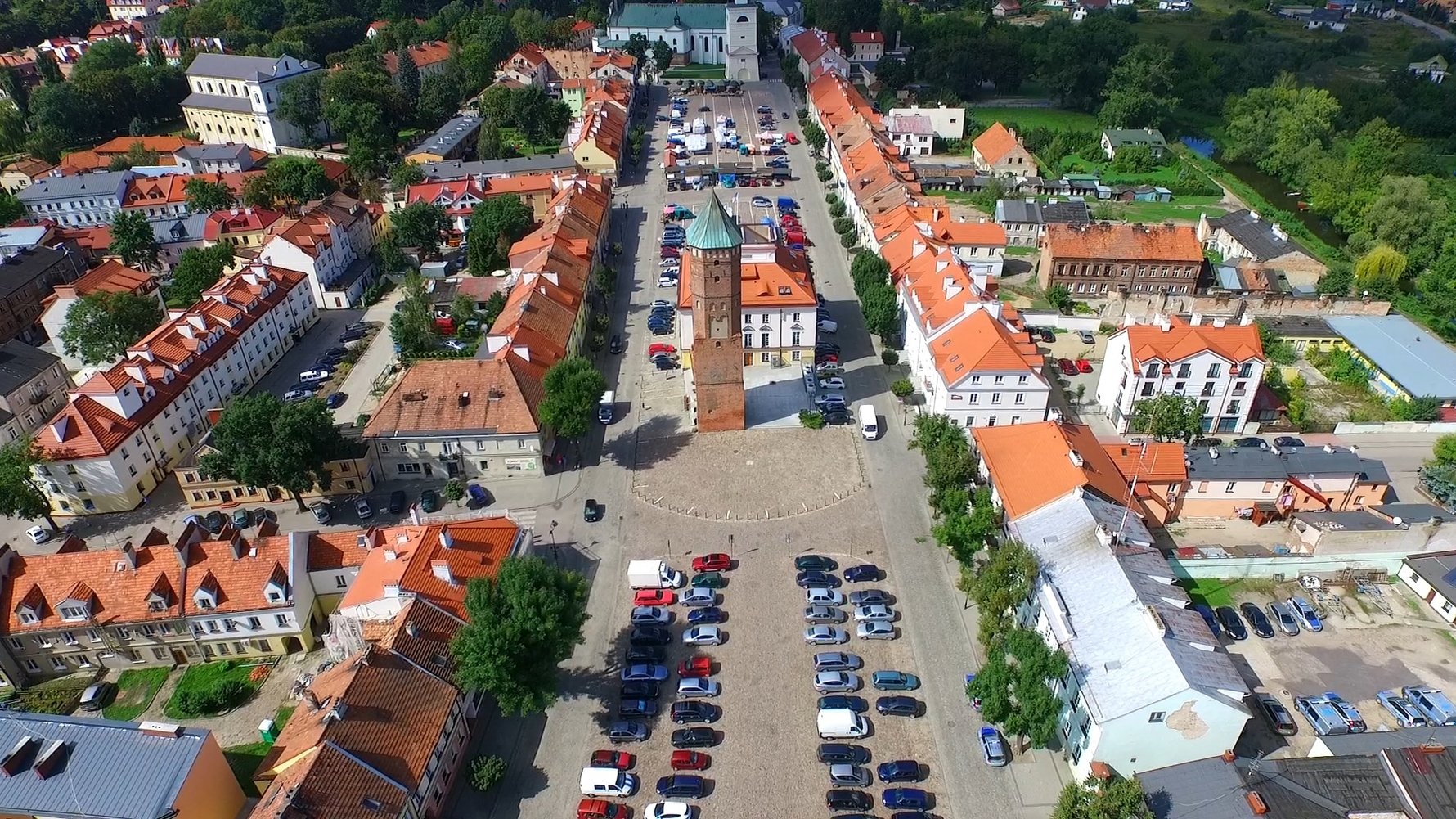
The sightseeing highlights of the town are situated in and around the market square, which stretches to an impressive 380 metres, and it is here most visitors to the town will begin their trip. There's no perfect place for it as everything worth seeing is...we'd say within a stone's throw away, but with this being the longest square in Europe, it may be best to refer to a series of hop, skips and jumps or even vaults away... let's start in chronological order.
In the south-eastern part of the market square, nearest the river, stands Pułtusk Castle built in 1405 to serve as the Mayor's residence. Originally built in the Gothic architectural style, centuries of renovations and rebuilding efforts have resulted in today's castle having a renaissance appearance in a characertistic u-shape, now known as 'Dom Polonii', a hotel and conference centre, it's also home to the Documentation Centre for Displaced Poles (Ośrodek Dokumentacji Wychodźstwa Polskiego), an important meeting point for the international Polish community (Polonia).
In the centre of the square, the imposing Ratusz tower (town hall) was built around the same time in 1405 to be the seat of local governance. Originally, it was only 15 metres tall, however, new sections were added over the course of the 15th and 16th centuries, and now stands at 30 metres high. In 1964, the Regional Museum in Pułtusk was established here, which functions to this day. The newer, smaller building next to it, serving as the current day Ratusz, was built in the 16th century.
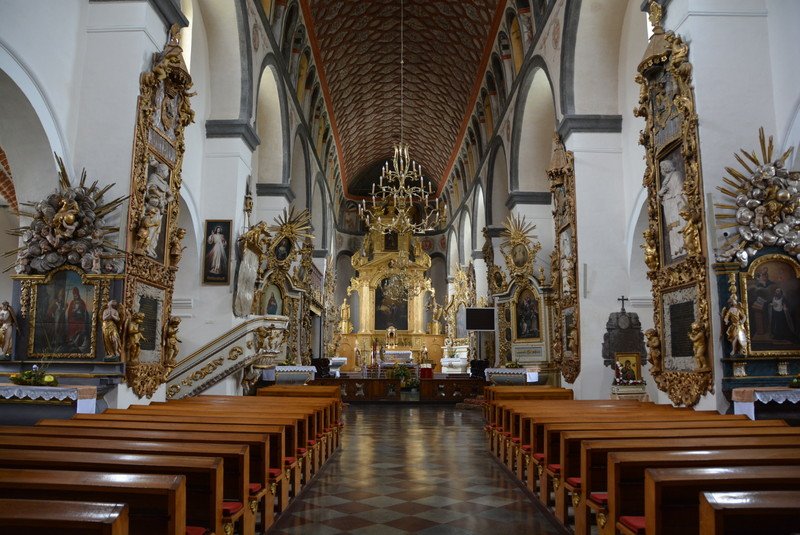
At the opposite end of the square, the Collegiate Church of Annunciation in Pułtusk (Bazylika kolegiacka Zwiastowania Najświętszej Maryi Panny w Pułtusku) built in 1439-1449 has one of the longest naves in Poland, and impressive it is too supported by vault architecture, complemented with renaissance art, making it one of the best preserved in Europe.
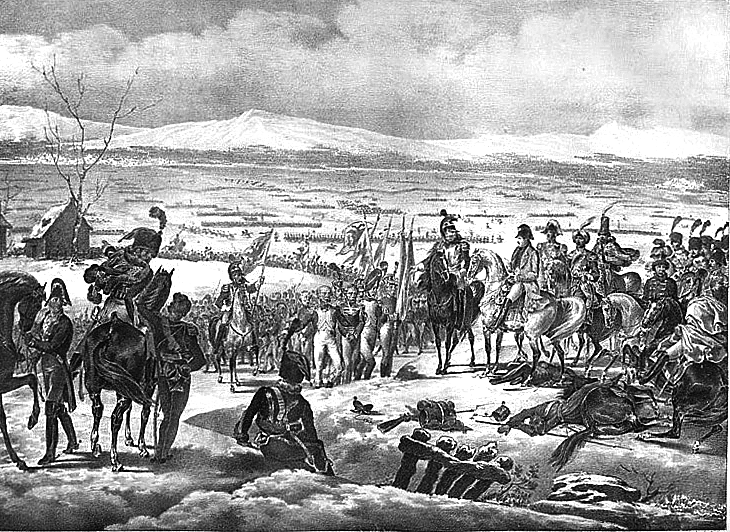
The town's main claims to fame both occurred in the 19th century, the first in 1806 during the War of the Fourth Coalition (1806-07), part of the Napoleonic Wars, when Napoleon himself spent 4 days (29 December 1806 - 01 January 1807) quartered in a building on the main square at no. 29 (which is marked by a plaque) following the successful Battle of Pułtusk on 26 December. Facing a numerically superior Russian force, the French were able win the battle, with fighting resuming in January 1807 (including a 2nd battle of Pułtusk on 16 May), eventually resulting in July of the same year with the Treaty of Tilsit being signed, ensuring the creation of the Duchy of Warsaw and Napoleon ruling over the majority of western and central Europe. On the Rynek at no. 36, you can find inside a permanent exhibition to Napoleon, detailing his stay in the area. The victory at Pułtusk was one of the first against the Russian Imperial Army and therefore found itself celebrated by inclusion on the Arc de Triomphe in Paris.
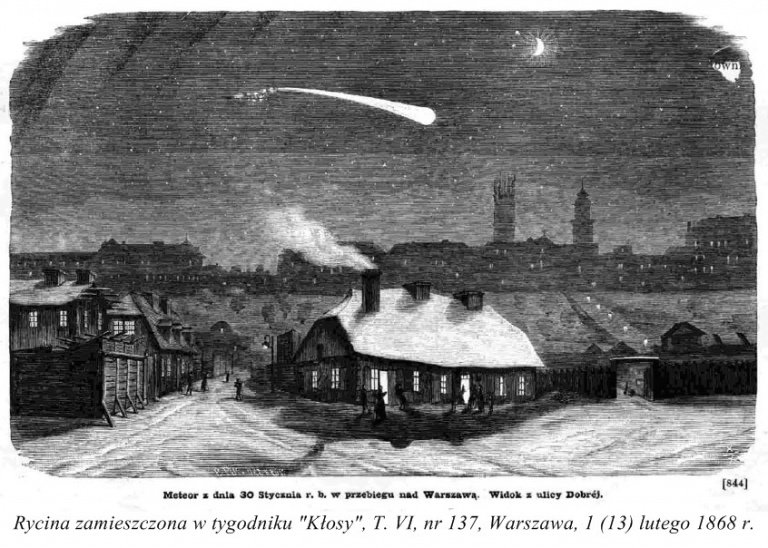
The 2nd major event to occur in the area took place on the evening of 30 January 1868. On a perfect winter's night, at roughly 19:00, citizens of Warsaw were stunned to see the interior of their households shine as bright as day, and those outside were amazed to see a ball of flame entering the atmosphere, and from witness accounts, travelling slowly from the south-west to the north-east in the direction of Pułtusk. This was followed by the noise similar to detonations. The citizens of the area had witnessed a meteor shower; the fragments breaking up and covering an area covering 127km2, landing across the snowy land, ice, and even houses. It is estimated that 70,000 fragments hit the earth, weighing 8 tonnes, resulting in this being the largest meteor shower recorded in living history with so many pieces retrieved. Visiting the Regional Museum of Pułtusk on Rynek no.43 (located inside the Ratusz tower), you can view 13 fragments, ranging from 2-200g along with a history of the event. The largest piece retrieved, 9kg, is to be found in the Natural History Museum in London and the largest piece in Poland, 8kg, is displayed in Warsaw's Museum of the Earth.

The Regional Museum of Pułtusk (Rynek 43) is worth a visit, not only to learn about Pułtusk and its historical role in Masovia and Poland, but also to see the pieces of the meteor! Reaching the 8th floor, there is a viewing point, accompanied with telescopes to see the surrounding area. You can even take a virtual tour of the museum before you visit!
Once you've seen the historical centre of the town (it won't take long), you can also take part in some outdoor activities near Pułtusk Castle (Dom Polonii), rent kayaks and/or water bikes to enjoy the section of the Narew River, or you can just chill out on the nearby public beach. Alternatively, across the river, the forested White Wilderness (Puszcza Biała) contains many biking and walking trails to enjoy.


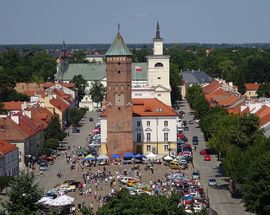
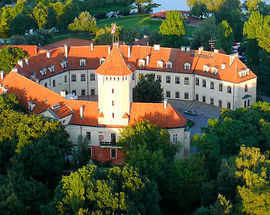




Comments